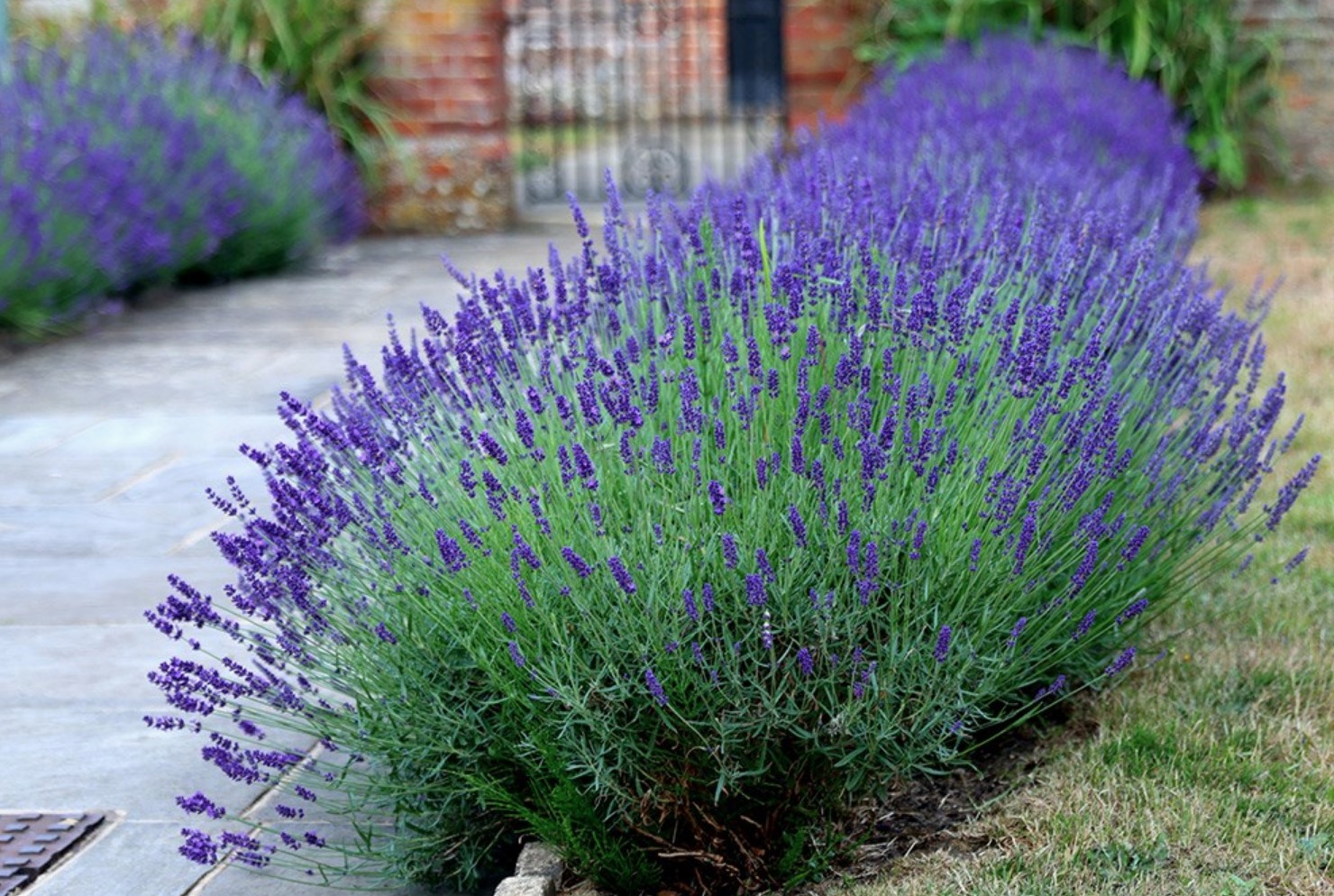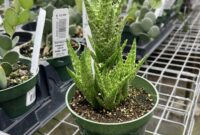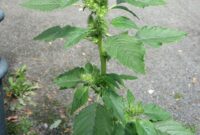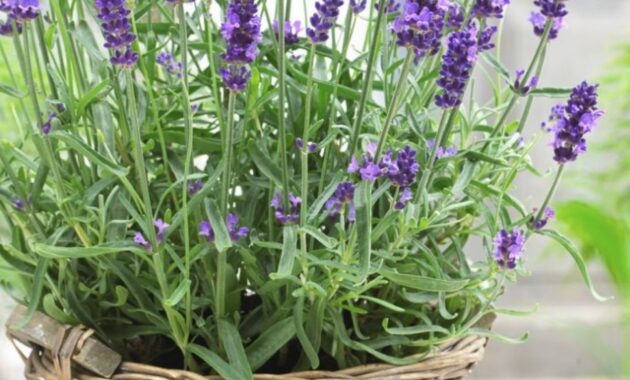
English lavender, with its calming scent and beautiful purple blooms, is a popular choice for gardens worldwide. Let’s delve into the world of this aromatic herb and explore everything you need to know about its care, growth, and uses.
What is English Lavender?
English lavender, scientifically known as Lavandula angustifolia, is a perennial herb native to the Mediterranean region. It’s renowned for its strong, sweet fragrance and its ability to thrive in various climates.
How to Grow English Lavender
Planting Guide
- Timing: The best time to plant English lavender is in the spring or fall.
- Soil: Well-draining soil is crucial. A mix of sand and compost can improve soil quality.
- Sunlight: English lavender thrives in full sun.
- Spacing: Plant lavender 18-24 inches apart to allow for proper air circulation.
- Planting Depth: Plant the lavender plant at the same depth it was in its original container.
Care Tips
Watering
- Frequency: Water your lavender deeply but infrequently. Overwatering can lead to root rot.
- Method: Water the base of the plant, avoiding wetting the foliage.
Pruning
- Timing: Prune your lavender after it blooms to encourage new growth.
- Method: Cut back the stems by about one-third.
Fertilizing
- Frequency: Fertilize your lavender once a year in the spring with a balanced fertilizer.
- Method: Apply a slow-release fertilizer around the base of the plant.
Winter Care
In colder climates, mulch your lavender plants with a layer of straw or pine needles to protect them from freezing temperatures.
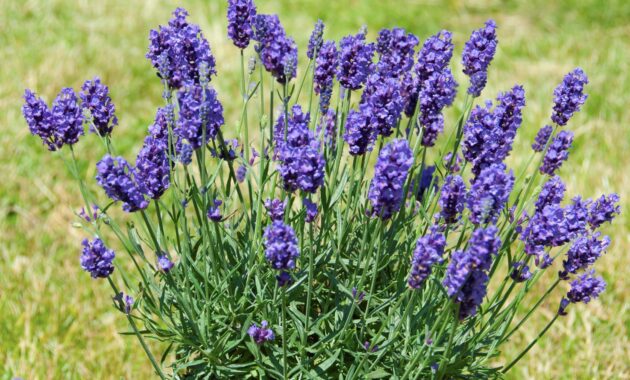
English Lavender vs. French Lavender
While both types of lavender are beautiful, they have distinct differences:
- Scent: English lavender has a stronger, more floral scent, while French lavender has a sweeter, more citrusy fragrance.
- Appearance: English lavender plants are typically smaller and bushier than French lavender.
- Hardiness: English lavender is more cold-tolerant than French lavender.
Benefits of English Lavender
- Aromatherapy: Lavender’s calming scent can reduce stress and anxiety.
- Insect Repellent: Lavender can deter pests like mosquitoes and moths.
- Culinary Use: Lavender flowers can be used to flavor food and drinks.
- Medicinal Properties: Lavender has been used to treat various ailments, including insomnia and headaches.
English Lavender Companion Plants
Lavender pairs well with other plants that thrive in similar conditions:
- Rosemary
- Sage
- Thyme
- Roses
- Sedum
English Lavender Uses in Garden Landscaping
English lavender can be used in various ways to enhance your garden:
- Border Plants: Create a fragrant border around your garden beds.
- Container Gardening: Plant lavender in pots to add color and fragrance to your patio or balcony.
- Rock Gardens: Lavender is a perfect choice for rock gardens.
- Cut Flowers: Use lavender stems in bouquets and floral arrangements.
English Lavender Propagation Methods
- Seed Propagation: Sow lavender seeds indoors in the late winter or early spring.
- Cutting Propagation: Take stem cuttings in the spring or summer and root them in water or potting soil.
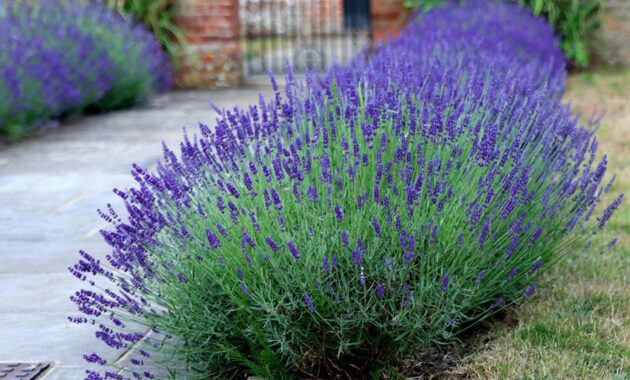
English Lavender Sun Requirements
English lavender thrives in full sun. It needs at least 6-8 hours of direct sunlight per day to produce abundant blooms and maintain its vibrant color.
Conclusion
English lavender is a versatile and beautiful plant that can add fragrance and beauty to any garden. By following these simple care tips, you can enjoy the many benefits of this aromatic herb for years to come.
FAQs
- Can I eat English lavender?
Yes, English lavender flowers are edible and can be used to flavor food and drinks. - How often should I deadhead English lavender?
Deadhead your lavender regularly to encourage continuous blooming. - Can I grow English lavender indoors?
While it’s possible to grow English lavender indoors, it’s best suited for outdoor cultivation. - What pests and diseases affect English lavender?
English lavender is relatively pest and disease-resistant. However, it can be susceptible to spider mites and root rot. - How long does English lavender live?
With proper care, English lavender plants can live for many years.
